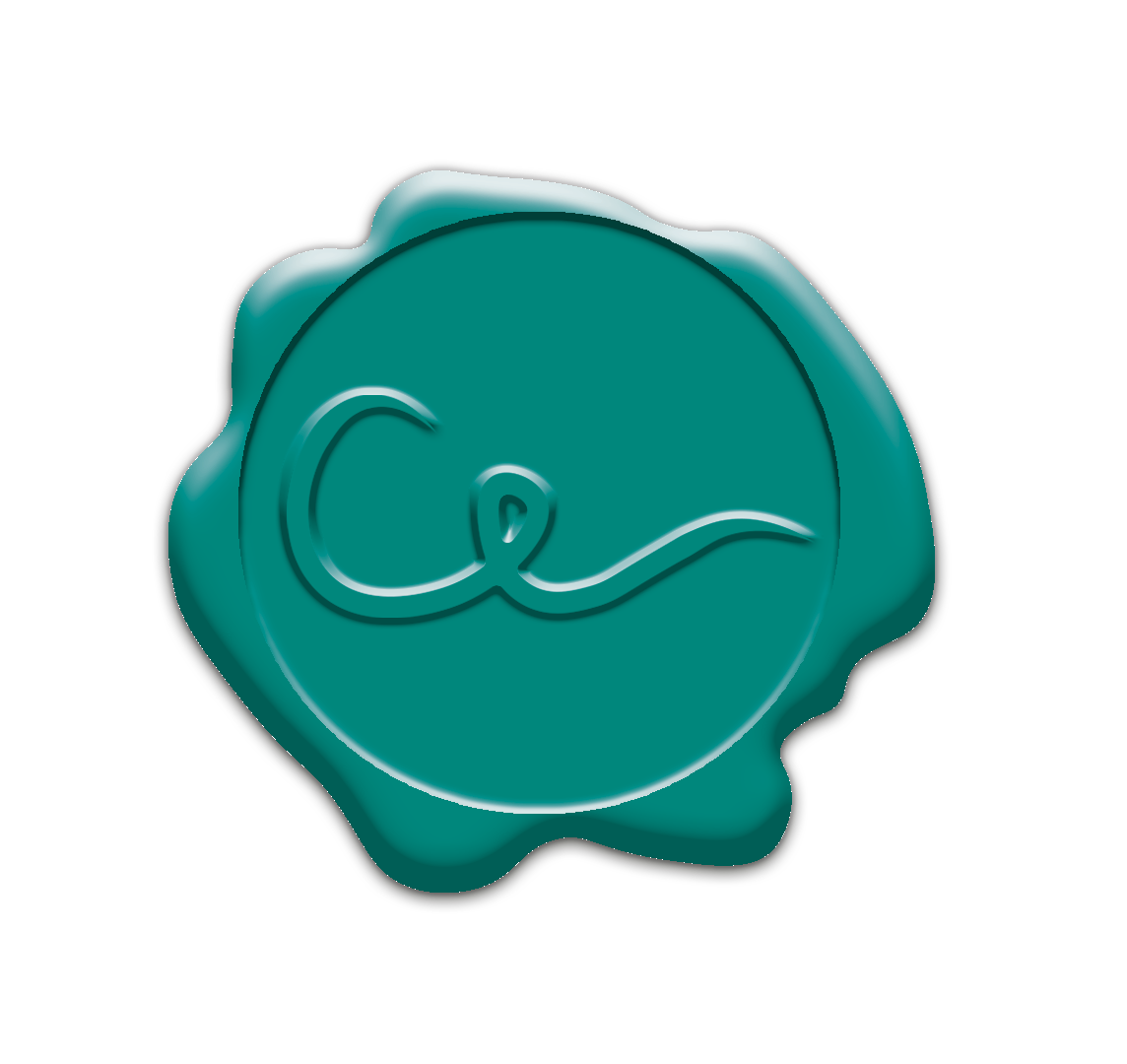New article: AI reveals gender and valence biases of pink and blue in written texts
Photo by Sharon McCutcheon on Unsplash
We hear it, and we see it in every shop selling baby and children's clothes: Pink is for girls and blue is for boys! But is it? Domicele Jonauskaite and Christine Mohr at the University of Lausanne led a research study which showed that 10-14-year-old girls very much liked pink, while blue was liked by everybody: girls and boys as well as women and men. Thus, only pink seems a gendered colour. These researchers also observed that pink is a very positive colour, and so is blue, but to a lower extent.
In a follow-up study, published last week in PloSOne, Mohr and Jonauskaite collaborated with researchers from the University of Bristol, UK, to investigate whether outside the laboratory too, colours convey gender and valence. They applied artificial intelligence technique to widely available texts, such as Wikipedia articles, and identified gender and valence connotations in sections of texts, in which pink or blue were mentioned. They then determined whether pink and blue were used in feminine and masculine contexts, respectively. In line with the laboratory findings, the team concluded that pink was a gendered colour, appearing mainly in feminine as well as positive contexts. Blue was also positive but appeared equally often in masculine and feminine contexts.
The importance of these results is twofold. First, pink symbolizes femininity, while blue doesn’t symbolize masculinity. Second, results from the laboratory found their match in real life writing. Together, these results demonstrate that written language reinforces gender biases of colour terms, in particular those of pink. Most likely, this is also true for spoken language.

